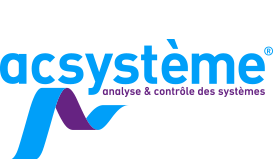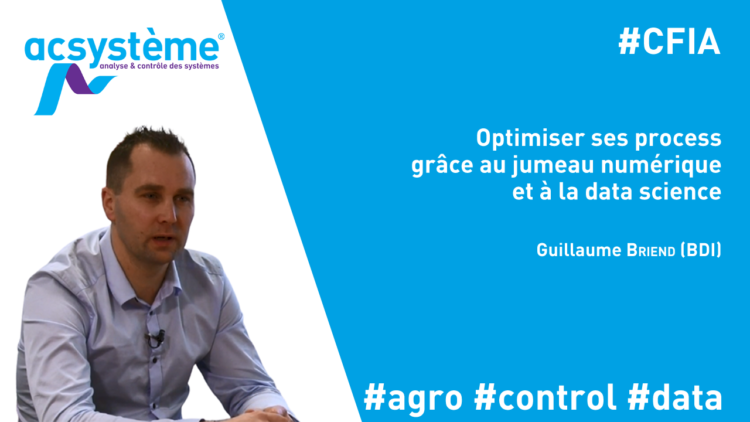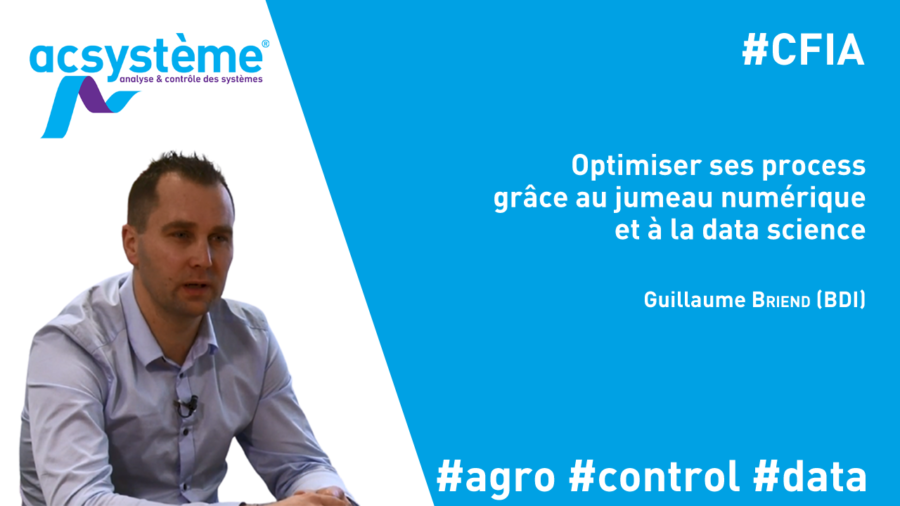– Hello Guillaume, please introduce yourself
My name is Guillaume Briend, I have a PhD in microelectronics. I work for BDI, which is Brittany’s regional innovation and economic development agency, and I am more particularly responsible for the AGRETIC programme, which is a crossover programme between digital technology and agriculture and the agri-food industry.
– How have you seen the agri-food sector evolve over the past five years?
For the past five years, the field of agri-food has been in transition. Over the past two years, we have seen an acceleration in digital transition, all the new technologies within the agri-food sector.
Since 2015, we have been working within the AGRETIC programme, focussing on equipment manufacturers in the agri-food industries which have more time to integrate new technologies according to their needs, and their end customers which are the agri-food industries.
– What is the AGRETIC programme?
Since 2011, we have launched this AGRETIC programme in the Brittany region because we had this dual competence. We had the skills in the area in terms of digital technology and we are the leading agri/agri-food region.
We were able to initiate this three years ago on predictive maintenance, notably with equipment manufacturers, with digital players such as Acsystème, RF-Track on predictive maintenance. Today, we see that our power has increased three years later, with production line projects where we bring together 22 manufacturers from the Breton ecosystem.
– What is the digital twin?
We hear a lot about this term “digital twin”. It started in 2017 for the automotive and aeronautics sectors. Today, we see that the agri-food sector is increasingly interested in this sector.
In summary, the digital twin is a digital replica of an object or a manufacturing process that can be used for various purposes.
– What are the benefits of the digital twin for agri-food industrialists?
Regarding the agri-food industry, what interests us most is the optimisation of manufacturing processes. It is a very complex technology, which uses four technologies:
- the sensor, everything related to capture,
- everything related to data transmission,
- everything related to modelling via artificial intelligence algorithms to enhance the data
- everything related to dynamic re-adjustments, in real time of these models.
For example, the digital twin enables manufacturers to test, 10 scenarios upstream digitally, in simulation mode and to select the best scenario and implement it directly on the production line in operation. The aim is productivity gains and using the production tool to the maximum.
– How do agri-food manufacturers experience this digital transition?
Manufacturers have understood that their production tool generates a lot of data. They have collected a lot of data. Today, we just see interest in the data.
As a result of the actions that we carry out at the CFIA, on the Food Factory of the Future, we make them aware of these new technologies with concrete examples since manufacturers need to see things in concrete form.
Last year (2018), at the CFIA, we set up an “Agri-food Factory of the Future” platform, where we installed a production line in real-time operation, in non-stop operation. Last year, we were able to set up a packaging line for chicken breasts, with 13 players over a length of 15 metres. This year, we are creating a production line for mixed salads, with 22 manufacturers, on a line that will be 23 metres long. We designed this production line with five axes:
- innovative equipment and machines,
- the operator of the future,
- factory 4.0, and in particular the digital twin,
We added 2 other axes, on environmental transition:
- eco-designed packaging,
- food transition.
– What is your vision of the evolution of digital technology in the agri-food sector?
The vision of the agri-food sector in five years is exactly the vision we are trying to achieve today on this production line, with these five different axes; machine, operator, factory 4.0, environment, and food transition.
One of the axes that is surging is the cybersecurity aspect of data. Today, we see industrial sites being attacked, with production shutdowns, so this is a key subject that will come up increasingly in the news. Everything related to cybersecurity of industrial sites.


